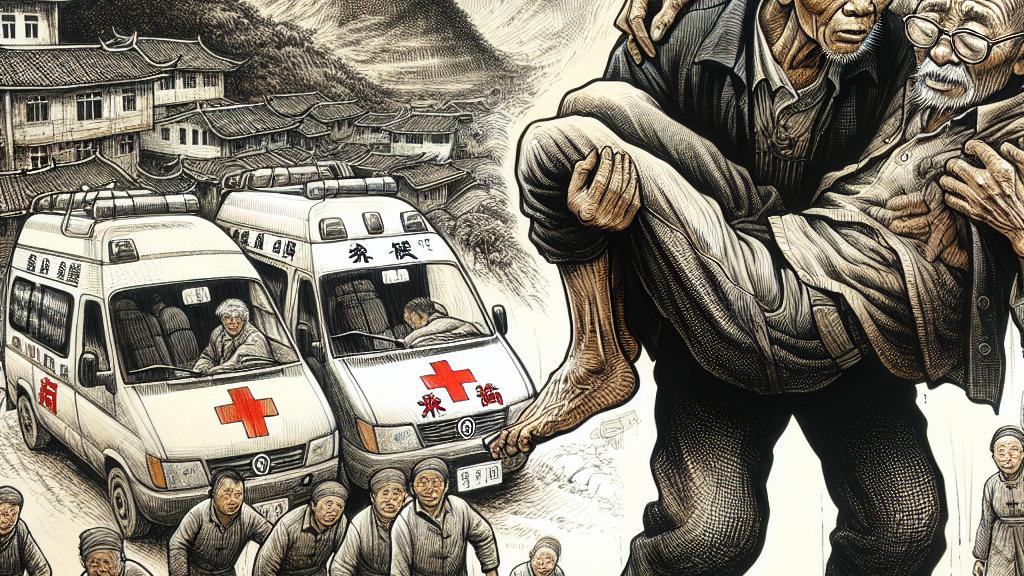Understanding Healthcare Challenges in Rural China
Overview
- Rural communities face severe barriers to healthcare access, significantly impacting their well-being.
- Elderly populations bear the brunt of inadequate services, leading to increased health risks.
- Comprehensive reform is critically needed to address these disparities and foster equitable care.

Healthcare Access Crisis in Rural China
In the remote mountains of Guangxi, rural China is engulfed in a healthcare access crisis that leaves villagers, particularly the elderly, incredibly vulnerable. Picture this: David Wei, a 60-year-old resident, once found himself carrying his nephew on his back for nearly 2 miles after the younger man suffered a heart attack. Why? Because an ambulance took a staggering hour and a half to arrive—such delays could be the difference between life and death! With about 120 million residents aged over 60 living in rural areas, the situation is urgent. Studies show that as the elderly population increases, so does the necessity for prompt medical attention; without it, the risk of serious health issues only escalates.
The Stark Urban-Rural Divide
The chasm between urban and rural healthcare services in China is not just broad; it's alarming. Many healthcare professionals gravitate toward cities, drawn by attractive salaries and abundant resources, while rural areas are left with dwindling numbers of doctors and specialists. Imagine needing medical attention—an elderly person experiencing chest pains or a child with a high fever—and discovering that the closest hospital is miles away, often requiring a lengthy and stressful journey. In fact, some families report waiting long periods for ambulances that may take too long to arrive, leaving them feeling helpless and desperate. Such disparities are not merely statistics; they represent real people facing life-altering challenges every day.
Urgent Need for Comprehensive Reform
The imperative for comprehensive reform in China's rural healthcare system is evident—and it’s imperative to act now. Experts insist that the government must prioritize significant investments in rural healthcare while simultaneously considering urban growth initiatives. Failure to strike this balance could lead to a grim future where preventable medical tragedies become the norm. Consider this: without adequate healthcare facilities, many rural residents have no choice but to rely on emergency services for what should be routine care. This dependence leads to skyrocketing healthcare costs and logistical headaches. There’s a pressing need to enhance healthcare infrastructure and to incentivize practitioners to serve in underserved rural areas. With the right measures in place, we can transform the healthcare landscape, ensuring that everyone, no matter their geographical location, has access to timely and necessary care.

Loading...